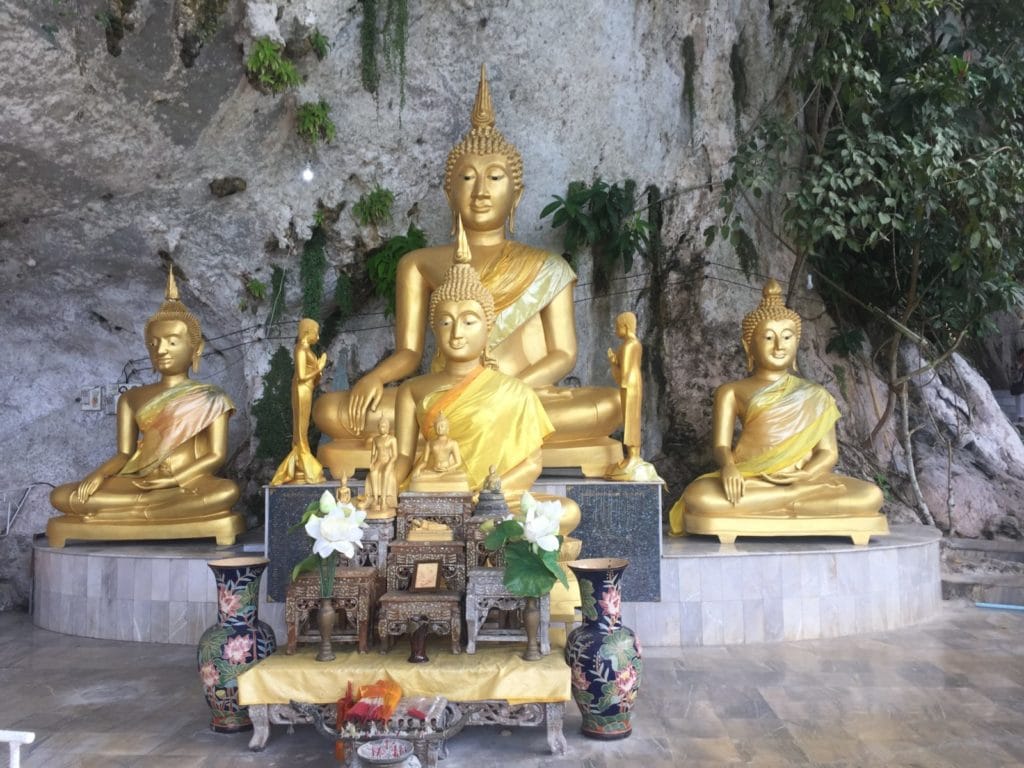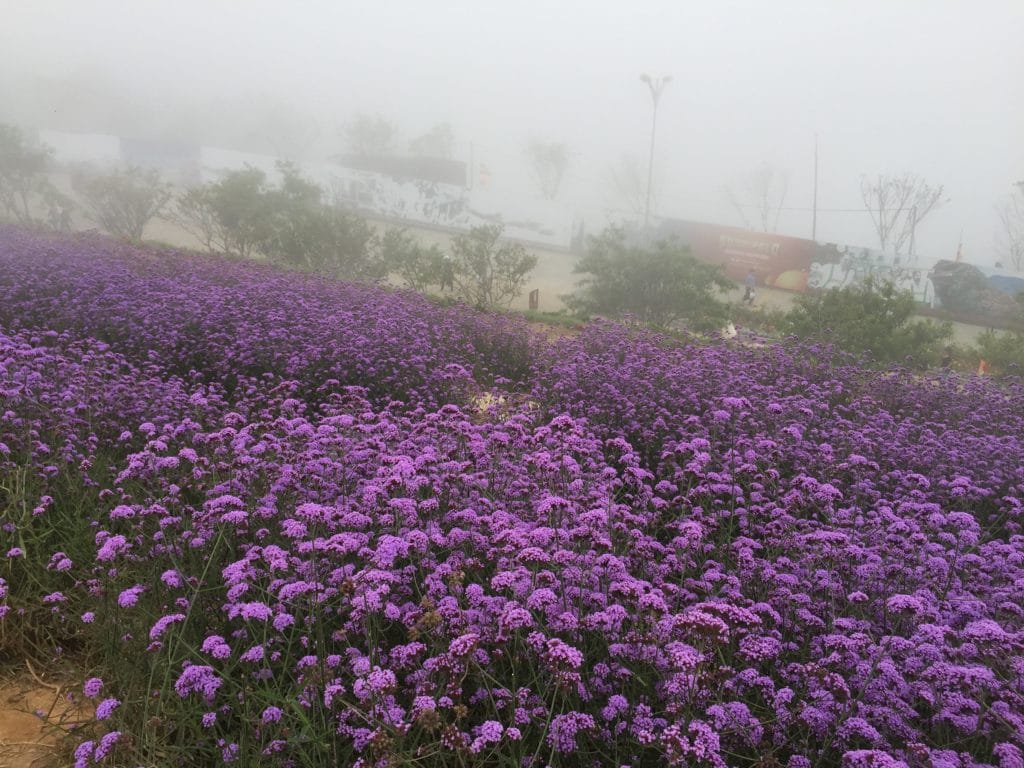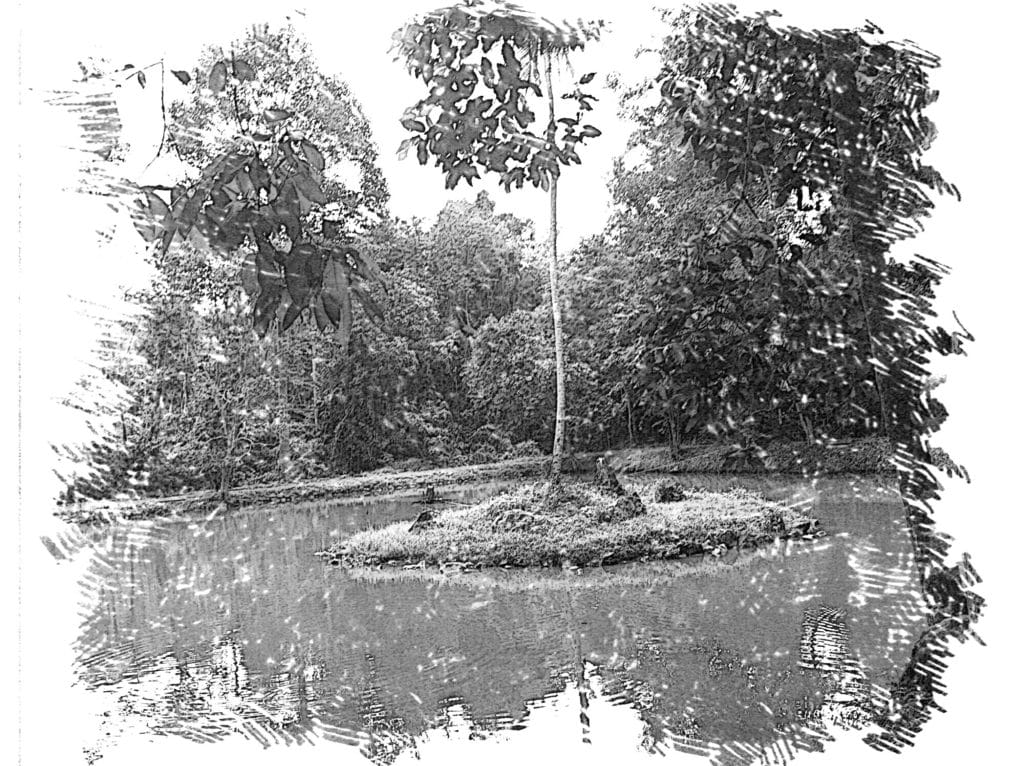Introduction: The Essence of Loi Krathong
In the heart of Thailand, amidst the bustling streets and tranquil temples, lies a tradition that illuminates the country’s cultural and spiritual identity: Loi Krathong, the Festival of Light. This enchanting festival, deeply rooted in Buddhist history, is a testament to Thailand’s rich heritage and its people’s enduring connection to water and spirituality.
Origins: A Historical Perspective
The history of Loi Krathong is steeped in both myth and tradition, tracing back to the 13th century Sukhothai Kingdom. Originally, it was likely a Brahmanical festival that was later adopted into Thai Buddhist practices, symbolizing the release of bad luck and misfortune. The name ‘Loi Krathong’ itself is indicative of the festival’s core activity: ‘loi’ meaning to float, and ‘krathong’ referring to a lotus-shaped vessel usually made from banana leaves.
Spiritual Significance: A Buddhist Reflection
In Buddhist history, Loi Krathong holds a profound spiritual significance. It coincides with the full moon of the 12th month in the traditional Thai lunar calendar, usually in November. Buddhists view this festival as an opportunity to pay homage to the Buddha, with the act of floating krathongs symbolizing the release of anger, grudges, and defilements. The candle lit on the krathong is a gesture of reverence to the Buddha, illuminating the path to enlightenment.
Cultural Celebrations: A Tapestry of Traditions
Across Thailand, Loi Krathong is celebrated with a blend of religious ceremonies and festive activities. The festival’s most iconic sight is the release of thousands of krathongs on rivers, canals, and ponds, creating a mesmerizing spectacle of light. In addition to the floating of krathongs, the festival is marked by parades, beauty contests, lantern releases, and fireworks. These vibrant celebrations not only honor the festival’s religious roots but also showcase Thailand’s rich cultural tapestry.
Environmental Consciousness: A Modern Adaptation
In recent years, Loi Krathong has evolved to address environmental concerns. Traditionally made from bread or biodegradable materials, krathongs today are often crafted from bread or other eco-friendly components to prevent water pollution. This shift highlights Thailand’s commitment to preserving its natural beauty while maintaining its cultural practices.
Conclusion: Loi Krathong’s Enduring Legacy
Loi Krathong, with its intricate blend of history, spirituality, and celebration, continues to be a cornerstone of Thai culture. It’s a time for reflection, renewal, and joy, bringing communities together in a shared experience of beauty and light. As the krathongs drift away on the water, they carry with them the hopes and prayers of the Thai people, a poignant reminder of the enduring spirit of this magnificent Festival of Light.
Read more about my mindfulness journey
Table of Contents
Share



